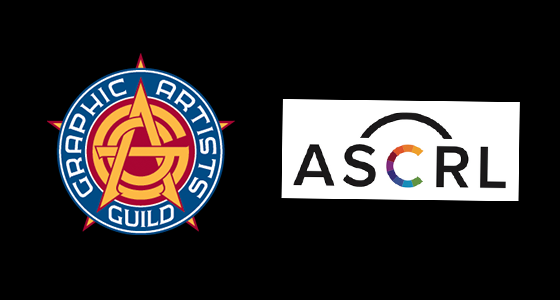Earlier this year OW&E’s Linda Joy Kattwinkel, along with James Silverburg of the Intellectual Property Group LLC, submitted an amici curiae brief to the U.S. Supreme Court on behalf of the Graphic Artists Guild and the American Society for Collective Rights Licensing in The Andy Warhol Foundation for the Visual Arts, Inc. v. Goldsmith, et. al. (Case #21-879). A copy of the brief is available here.

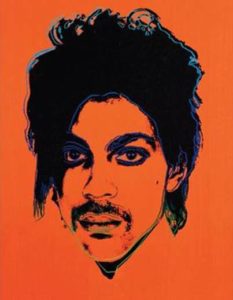
The case involves legal standards for when unauthorized copying by appropriation artists should be excused by the doctrine of fair use. In 1984, Vanity Fair obtained a license from celebrity photographer Lynn Goldsmith to use her unpublished photo of the musician Prince as an artist’s reference. The photo was given to Andy Warhol to create one silk-screened illustration for Vanity Fair’s article about Prince. Unbeknownst to Goldsmith, Warhol made 15 additional works from the photo.
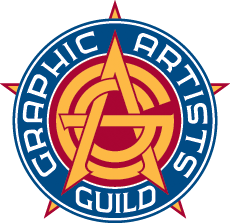 After Prince’s death in 2016, Vanity Fair approached the Warhol Foundation to use the illustration again. The Foundation showed the magazine the other 15 images, and Vanity Fair published a different image. Goldsmith contacted the Warhol Foundation alleging infringement, and the Foundation filed suit. The Foundation is asking the Supreme Court to allow as “transformative” fair use any appropriation art that merely has a new meaning or message. As amici for Goldsmith, the brief argues that a new meaning or message is only one of several factors that inform the fair use analysis, and the relative degree of transformativeness must be considered.
After Prince’s death in 2016, Vanity Fair approached the Warhol Foundation to use the illustration again. The Foundation showed the magazine the other 15 images, and Vanity Fair published a different image. Goldsmith contacted the Warhol Foundation alleging infringement, and the Foundation filed suit. The Foundation is asking the Supreme Court to allow as “transformative” fair use any appropriation art that merely has a new meaning or message. As amici for Goldsmith, the brief argues that a new meaning or message is only one of several factors that inform the fair use analysis, and the relative degree of transformativeness must be considered.
Graphic Artists Guild (GAG), which started as a trade union has evolved over time into the only trade association for illustrators and designers. GAG’s role includes lobbying for legislation and advocating to protect the economic interests of its members.
 Established by authors and rights holders, American Society for Collective Rights Licensing (ASCRLl) collects foreign payments for visual works that are mandated by foreign law and distributes those payments to ASCRL members. ASCRL is widely recognized in the art community as the leader in the administration and distribution of collective revenue for U.S. authors, illustrators, and photographers.
Established by authors and rights holders, American Society for Collective Rights Licensing (ASCRLl) collects foreign payments for visual works that are mandated by foreign law and distributes those payments to ASCRL members. ASCRL is widely recognized in the art community as the leader in the administration and distribution of collective revenue for U.S. authors, illustrators, and photographers.
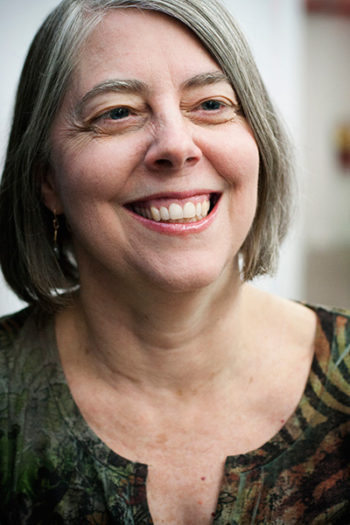 Rebecca Blake, Design Director at Optimum Design & Consulting, a small design firm in New York City, has been Advocacy Liaison for GAG since 2016. Rebecca says that GAG needed to have a voice in the case because the decision could be massively significant for illustrators and photographers who create both original and derivative work. “We talked to our members about how they create a work and what to them constitutes an infringement,” said Rebecca. “GAG brings a unique perspective – I hope the justices look at our brief because we represent artists on both sides of the issues.
Rebecca Blake, Design Director at Optimum Design & Consulting, a small design firm in New York City, has been Advocacy Liaison for GAG since 2016. Rebecca says that GAG needed to have a voice in the case because the decision could be massively significant for illustrators and photographers who create both original and derivative work. “We talked to our members about how they create a work and what to them constitutes an infringement,” said Rebecca. “GAG brings a unique perspective – I hope the justices look at our brief because we represent artists on both sides of the issues.
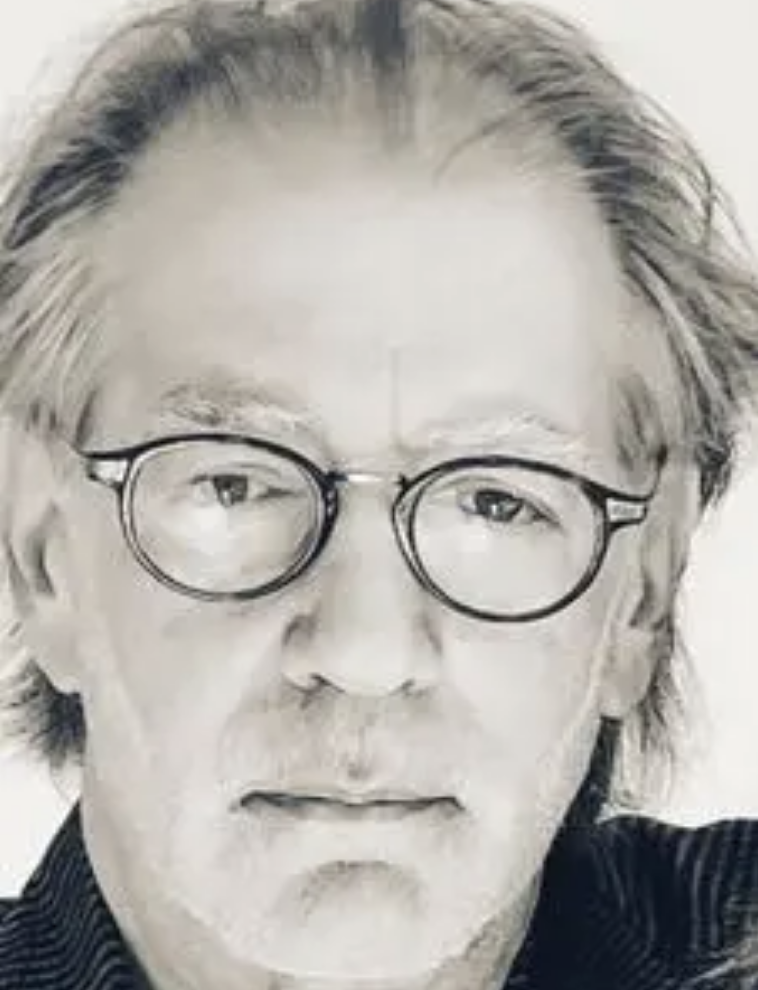 James Silverburg had a dual role in the case. In addition to co-authoring the brief with Linda Joy, James is CEO of ASCRL. He’s been an advocate for illustrators and photographers for the last 40 years, including representing authors in litigation across the U.S. “Our brief makes the case for a fair market balance between artists and appropriation artists,” said James. “The Warhol Foundation argues for a broad exception that would have dire consequences for the primary rights of artists to protect and control their own work.”
James Silverburg had a dual role in the case. In addition to co-authoring the brief with Linda Joy, James is CEO of ASCRL. He’s been an advocate for illustrators and photographers for the last 40 years, including representing authors in litigation across the U.S. “Our brief makes the case for a fair market balance between artists and appropriation artists,” said James. “The Warhol Foundation argues for a broad exception that would have dire consequences for the primary rights of artists to protect and control their own work.”
The case is an important one for artists and photographers seeking to protect and license their work,” said Linda Joy. “OW&E is proud to have submitted the brief on behalf of GAG and ASCLR and their members.” The case will be decided in 2023.
